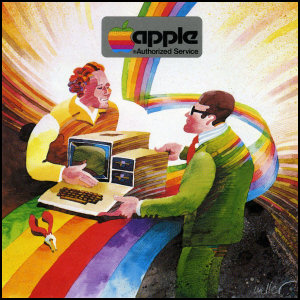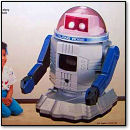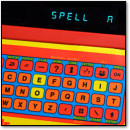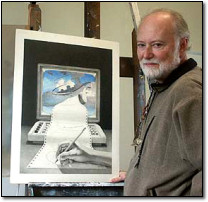 If someone wrote a book on the history of personal computer art, chapter one could only bear the name of one man: Robert Tinney. As cover artist for over eighty issues of BYTE magazine — microcomputing’s first and finest major publication — and as one of the first men to illustrate topics related to the fledgling field of personal computers, he near single-handedly shaped the popular visual idiom of what computers were, could be, and would be for the for a whole generation of microcomputer enthusiasts.
If someone wrote a book on the history of personal computer art, chapter one could only bear the name of one man: Robert Tinney. As cover artist for over eighty issues of BYTE magazine — microcomputing’s first and finest major publication — and as one of the first men to illustrate topics related to the fledgling field of personal computers, he near single-handedly shaped the popular visual idiom of what computers were, could be, and would be for the for a whole generation of microcomputer enthusiasts.
That proud generation has long since grown up and moved on to a myriad of different fields and disciplines, spreading its knowledge, love, and expertise of all things technological around the world. Collectively, they have arguably become the world’s most influential, yet sometimes underrated, segment of the modern populace. So imagine if you could go back in time and visit that same generation in 1978. What would you see? A lot more pimples, no doubt, and a lot more hair. And most likely, you’d find a copy of BYTE in their hands — with a Robert Tinney illustration on the cover.
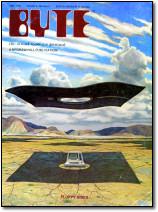 Tinney’s BYTE artwork is amazing. It displays unparallelled creativity in the use of visual metaphors to convey typically intangible, abstract, and sometimes abstruse technical concepts. His illustrations penetrate all pretense and cut straight to the heart of the main idea of the topic at hand, laying it out in an appropriately minimalistic fashion that, while sometimes visually spartan, richly sparks the imagination and places the viewer firmly in the scene. His work communicates, and it does so in ways that words never could. For most commercial artists, the idea of illustrating for a completely new field without artistic precedent would probably be daunting, if not completely nervewracking — and who’s to say it wasn’t for Tinney — but despite that immense challenge, he pulled off the assignment not only handily, but with the kind of proficency and mastery that made the genre, in this writer’s humble opinion, firmly his own.
Tinney’s BYTE artwork is amazing. It displays unparallelled creativity in the use of visual metaphors to convey typically intangible, abstract, and sometimes abstruse technical concepts. His illustrations penetrate all pretense and cut straight to the heart of the main idea of the topic at hand, laying it out in an appropriately minimalistic fashion that, while sometimes visually spartan, richly sparks the imagination and places the viewer firmly in the scene. His work communicates, and it does so in ways that words never could. For most commercial artists, the idea of illustrating for a completely new field without artistic precedent would probably be daunting, if not completely nervewracking — and who’s to say it wasn’t for Tinney — but despite that immense challenge, he pulled off the assignment not only handily, but with the kind of proficency and mastery that made the genre, in this writer’s humble opinion, firmly his own.
It was with all these superlatives in mind (and a stack of 1987 BYTEs as my bedside reading material) that I recently requested an email interview with Robert Tinney. I am delighted to say that he accepted the offer, and you can read the result below.
[ Continue reading VC&G Interview: Robert Tinney, BYTE Cover Artist and Microcomputer Illustration Pioneer » ]
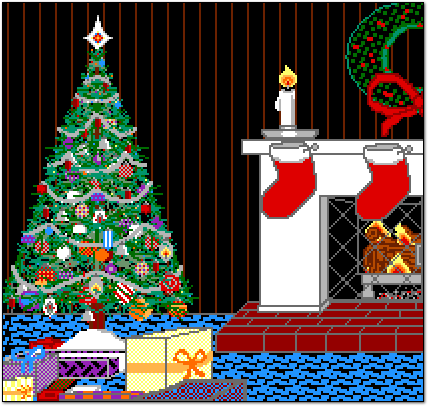
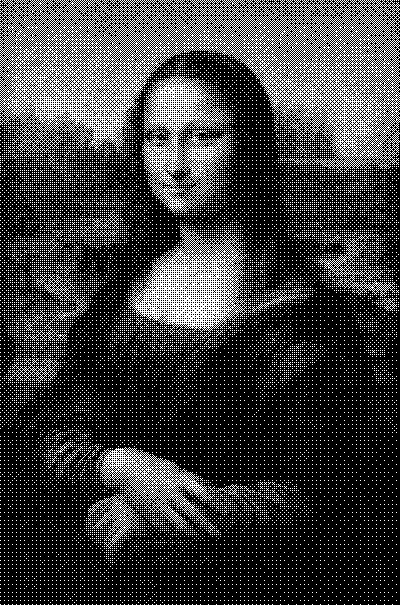
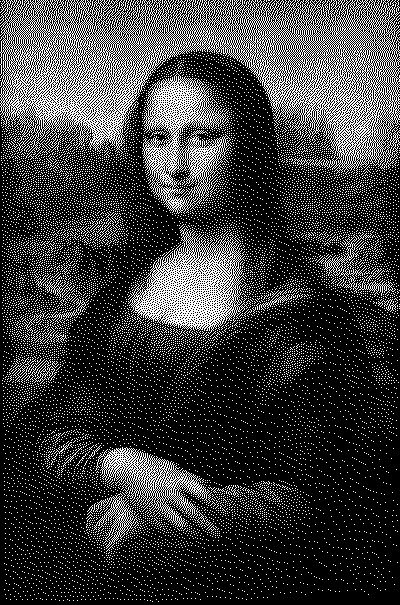
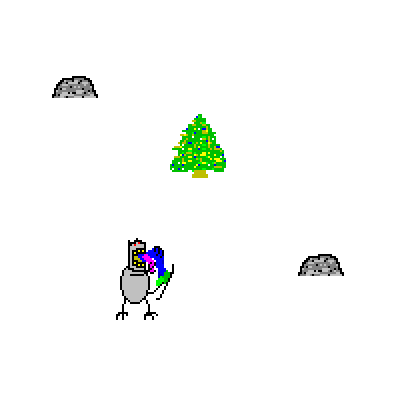
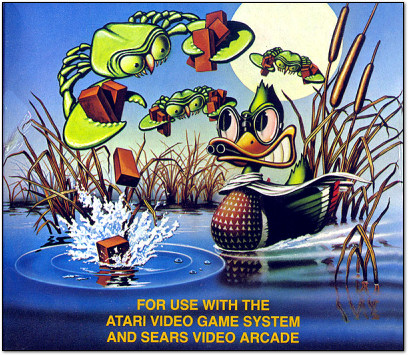
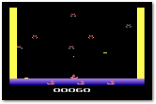
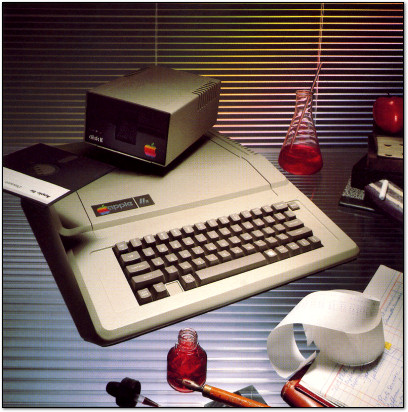
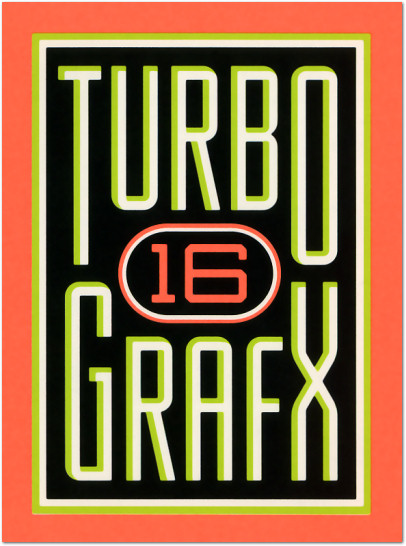
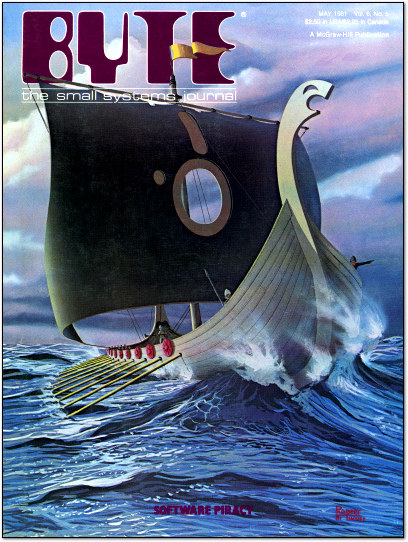
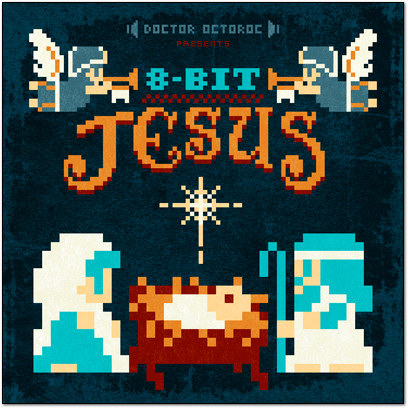
 If someone wrote a book on the history of personal computer art, chapter one could only bear the name of one man:
If someone wrote a book on the history of personal computer art, chapter one could only bear the name of one man: 
